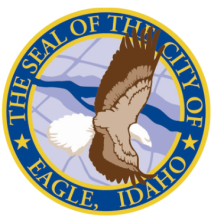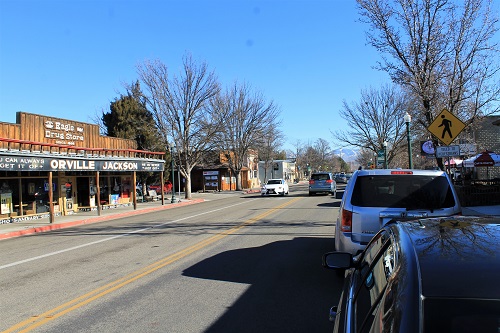
Fast, affordable Internet access for all.

Eagle, Idaho is preparing to connect the first of the city’s 32,000 residents to a new, municipally-owned open access fiber network. The project, which the city says will take between five to 10 years to complete, is being heavily funded by federal grants, and aims to meaningfully boost broadband competition – and affordable access – citywide.
ISLR profiled Eagle’s efforts last year, noting that the $5 million initial downtown fiber loop was jump-started with the help of the city’s $6.7 million allotment of American Rescue Plan Act (ARPA) funding.
Roughly 300 homes and 30 businesses should be able to connect to the network within the next six months, the city now says. More than 30 residential subdivisions are in the early deployment phase, and the project will expand steadily over the next decade, funded by revenues from existing subscribers and future state and federal grant opportunities.
Like countless American communities, Eagle suffers from a notable lack of competition between regional phone giant Lumen (formerly Centurylink, now operating under the Quantum brand), and regional cable company CableOne (under the Sparklight brand). That muted competition results in high prices, spotty access, slow speeds, and substandard customer service.

Enter Eagle’s open access fiber network, which will allow numerous ISPs to compete in layers, driving down market entry costs for providers and broadband access prices for consumers. City leaders say the aim is to offer symmetrical gig speed service for between $50 and $60 to residents, and $150 per month to local businesses.
The project expansion has begun with four miles of fiber deployment throughout downtown Eagle, and free Wi-Fi to connected areas. So far the priority has been connecting the city’s anchor institutions and parks, starting with Eagle City Hall, the Eagle Senior Center building, the Eagle Museum of History and Preservation and Heritage Park on 2nd Street.
Former Eagle Mayor Jason Pierce made it repeatedly clear via the city website that shoring up affordable access to what amounts to an essential utility should be a city priority.
“Reliable internet connectivity is essential in the 21st century,” Piece wrote. “Just as electricity enabled the first industrial revolution, fiber optic infrastructure is the foundation for the digital revolution. Residents in our city have been paying too much for mediocre access to the internet.”
New Eagle Mayor Brad Pike tells local Idaho news outlet BoiseDev that he’s looking to maintain the project “status quo,” but is keen to see progress before detailing the project’s next steps.
“I think in this phase one we’re trying to get everything out to the parks and I’d like to see how that takes effect and where we’re at funding-wise because that was ARPA funds that were put into that project and also the staffing for it,” Pike said. “I’d like us to get to step one of that first and see where we’re at and get a strong assessment from our public works director.”
As the network is constructed, the city will need to strike lease agreements with partner ISPs looking to deliver last-mile service over the open access infrastructure. If all goes well, the added competition should drive down access costs for users and private providers alike.
As the project moves forward, a survey has been posted to the Eagle website that will give city leaders a sense of which neighborhoods network connections should be deployed to first.
